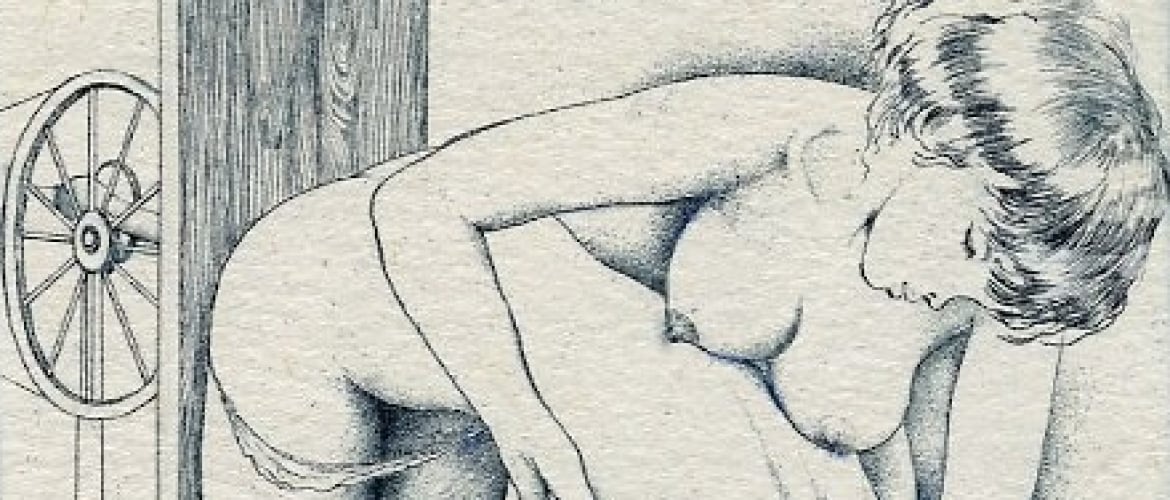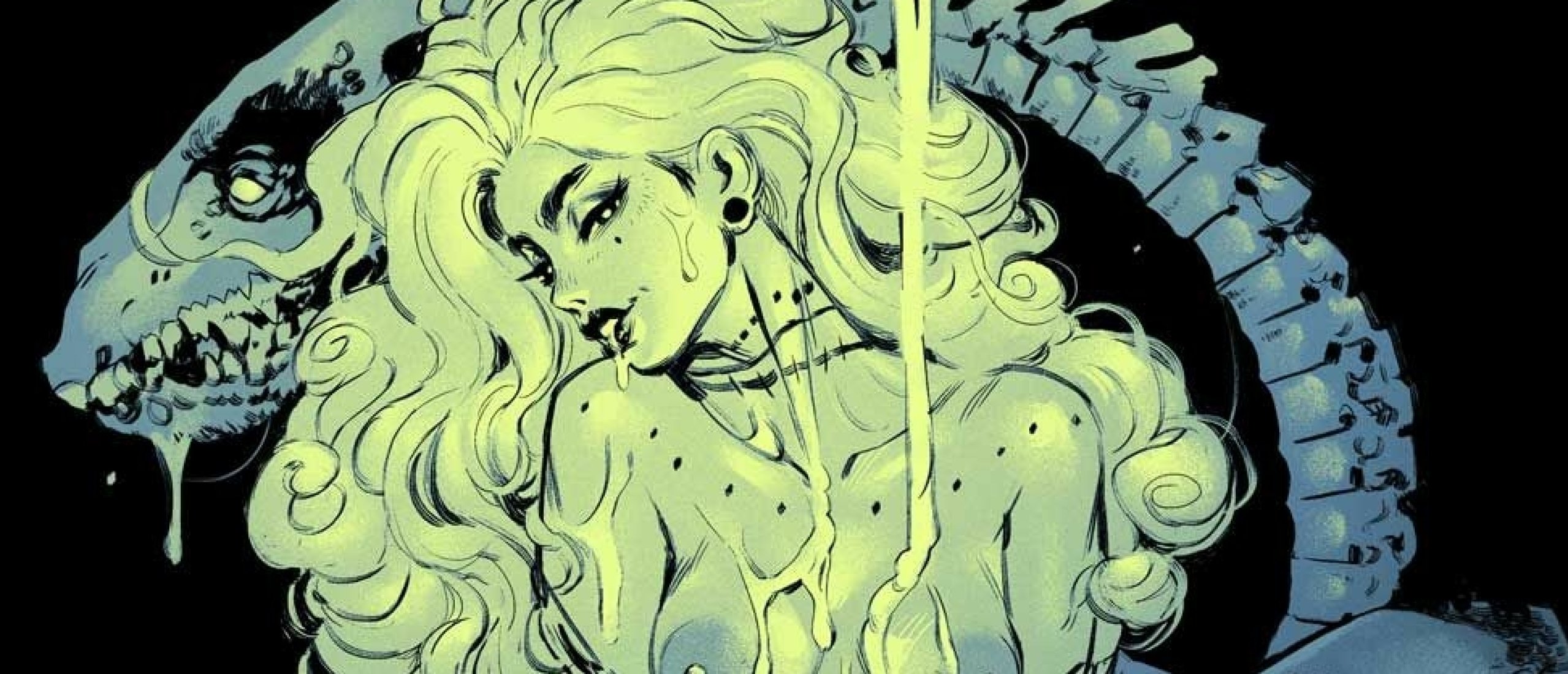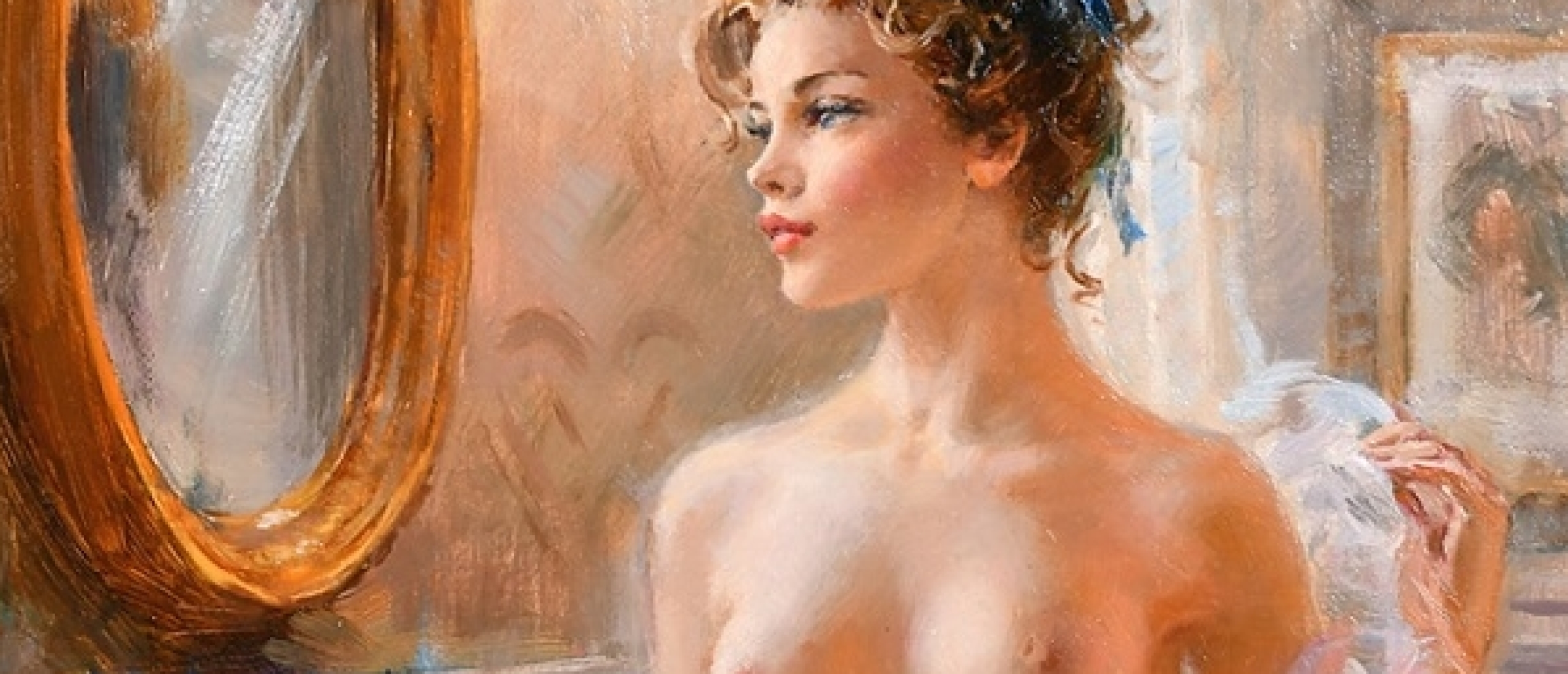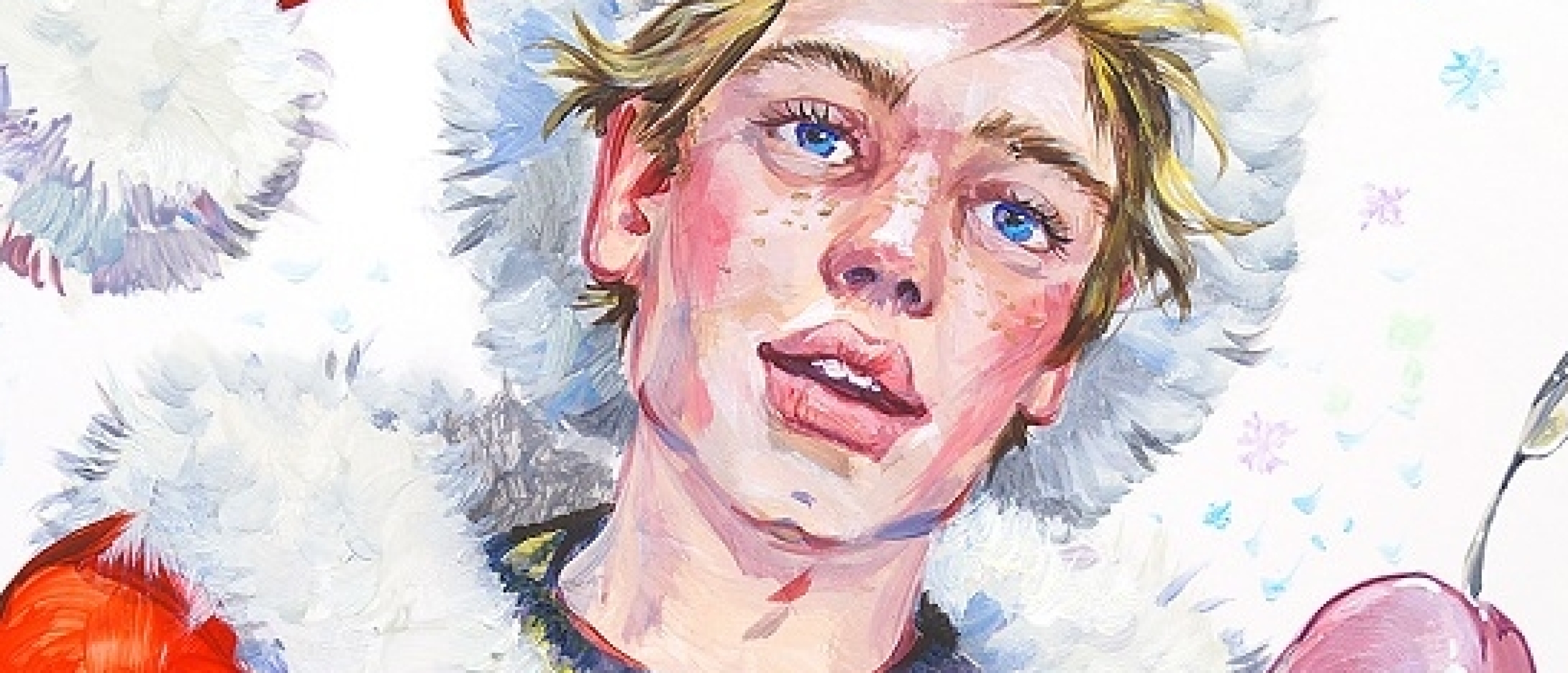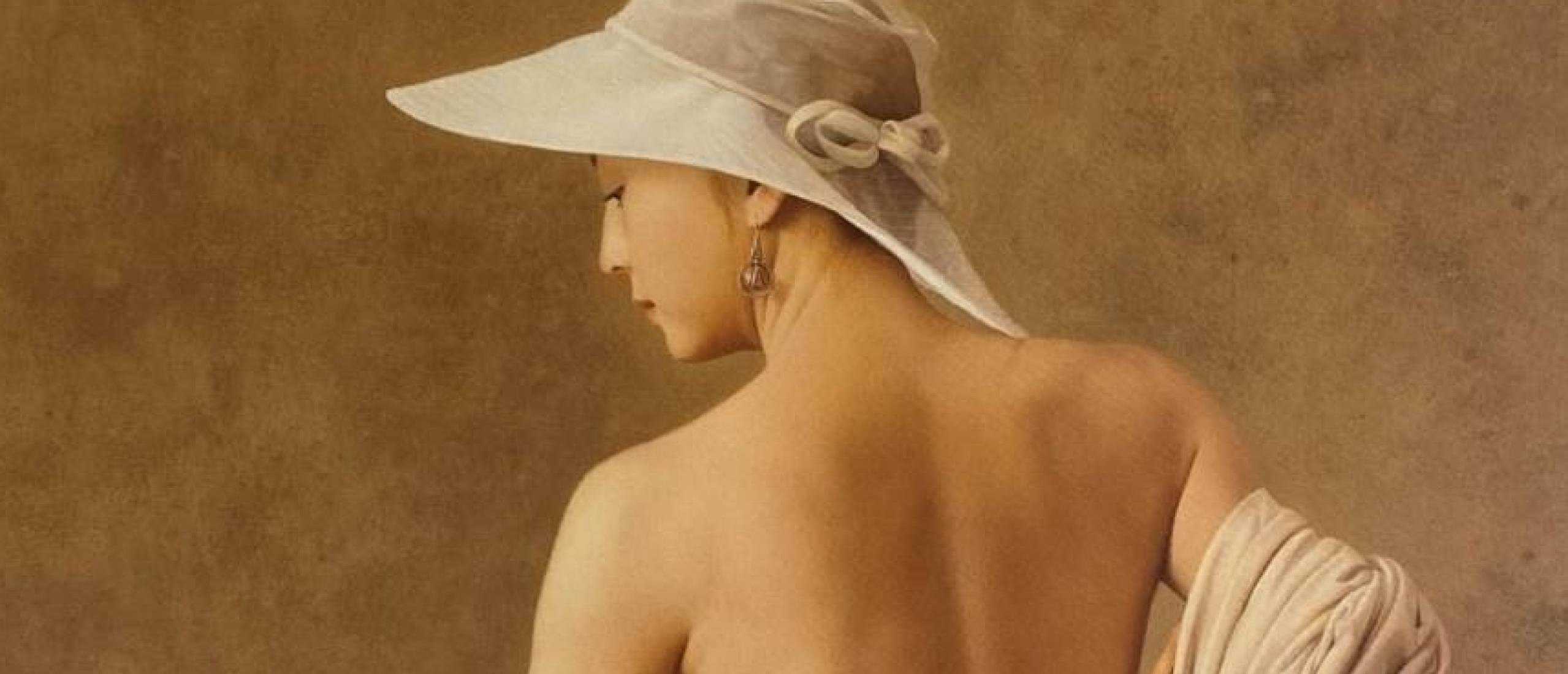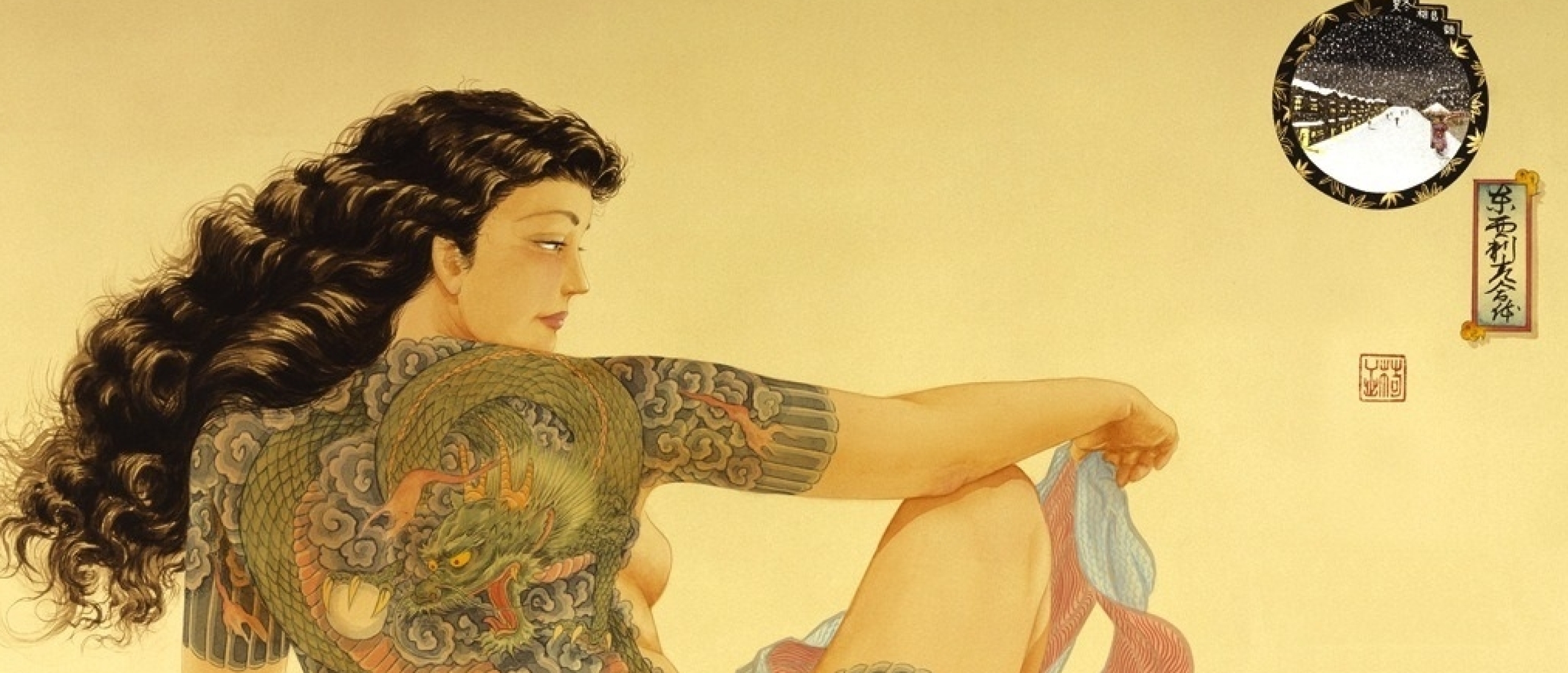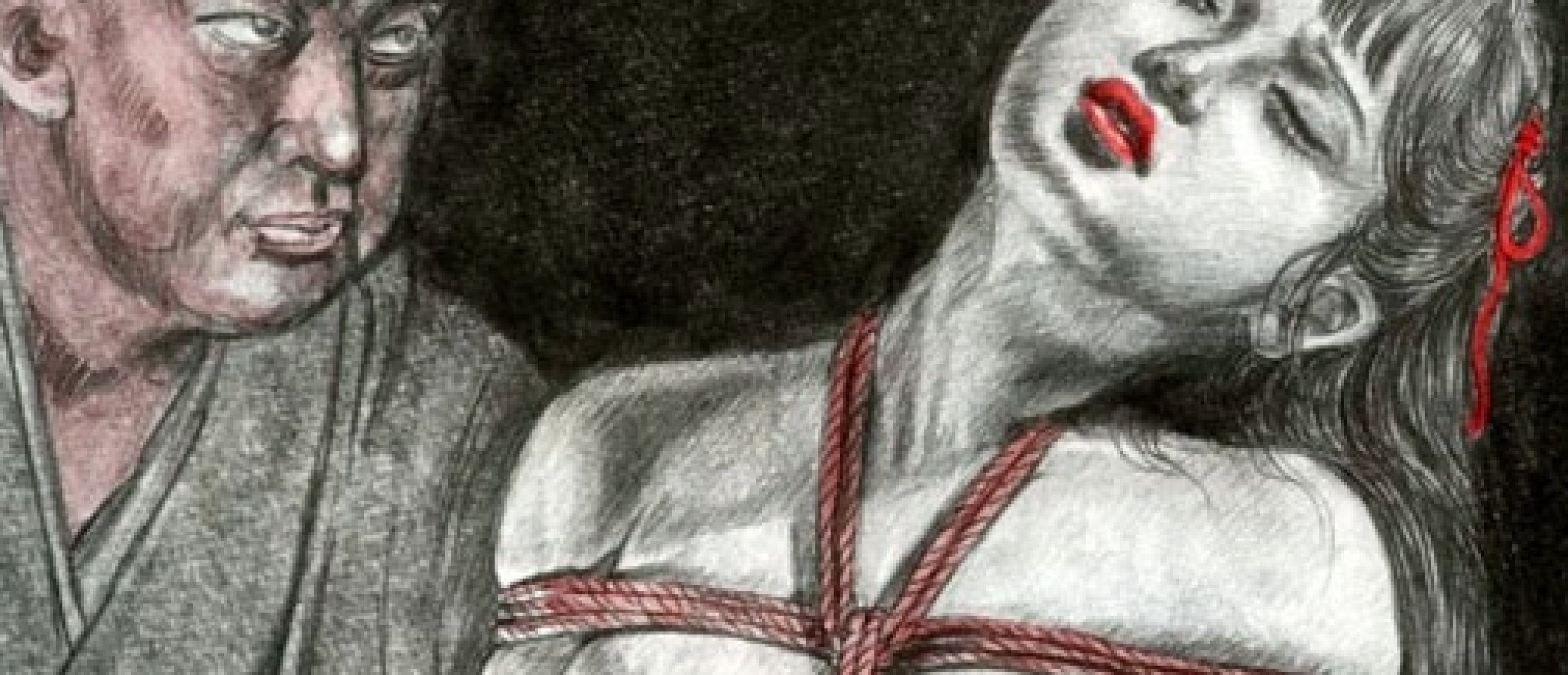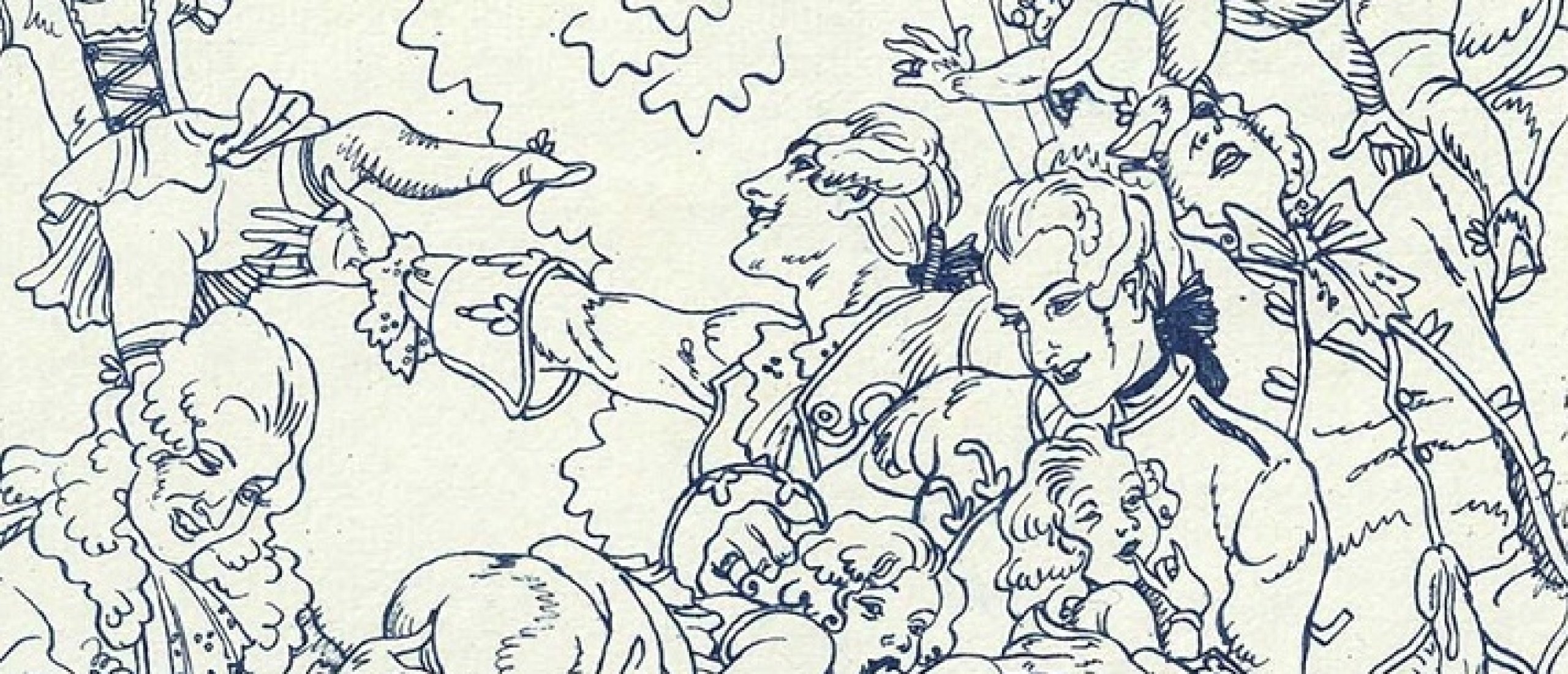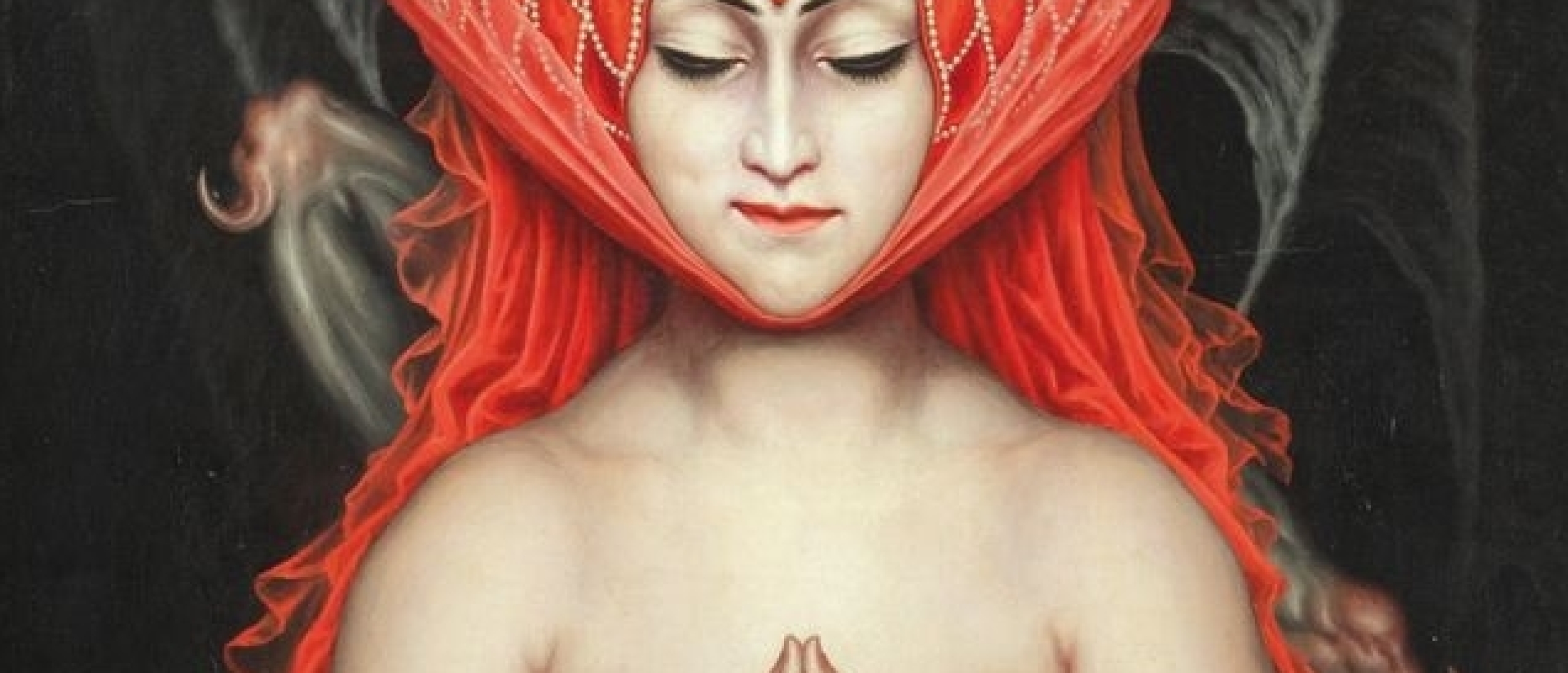
Human blood is no holier / Than the emerald juice of grasses - these lines by the Russian poet Nikolay Gumilev from his poem Childhood (1916) are the ones with which the Japanese artist Joh Keito (b. 1946) could agree. Though Japanese culture is known for its organic aesthetics, the approach of every modern artist stems from different sources. Meanwhile, the only thing Keito tells about himself on Instagram is the phrase from the heading of our article, which practically encapsulates the quoted text of Gumilev.
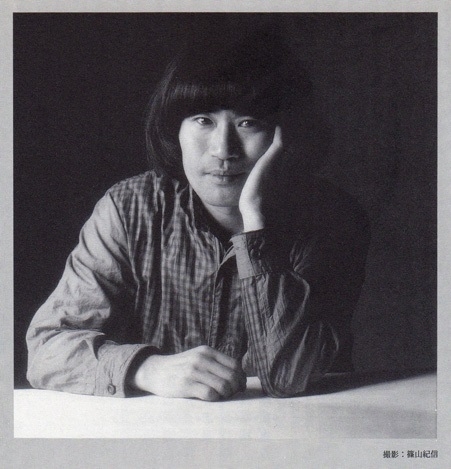
Fig. 1. Joh Keito (facepag.ocnk.net)

Fig. 2. Ibiza rumors, 1983 (aoki-gallery.sakura.ne.jp)
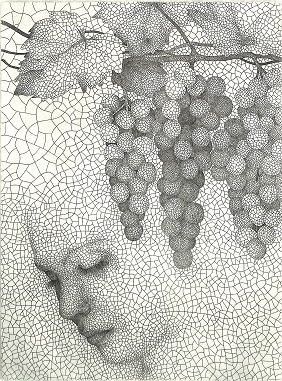
Fig. 3. Ibiza rumors, 1983 (aoki-gallery.sakura.ne.jp)

Fig. 4. La metaphysique de la fleur, 1984 ()
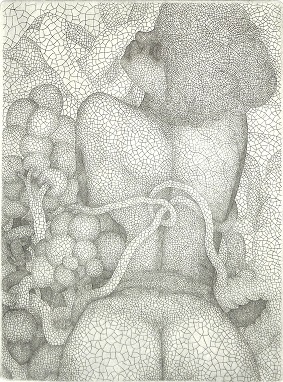
Fig. 5. Ibiza rumors, 1983 (aoki-gallery.sakura.ne.jp)
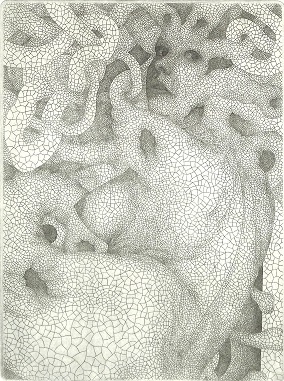
Fig. 6. Ibiza rumors, 1983 (aoki-gallery.sakura.ne.jp)
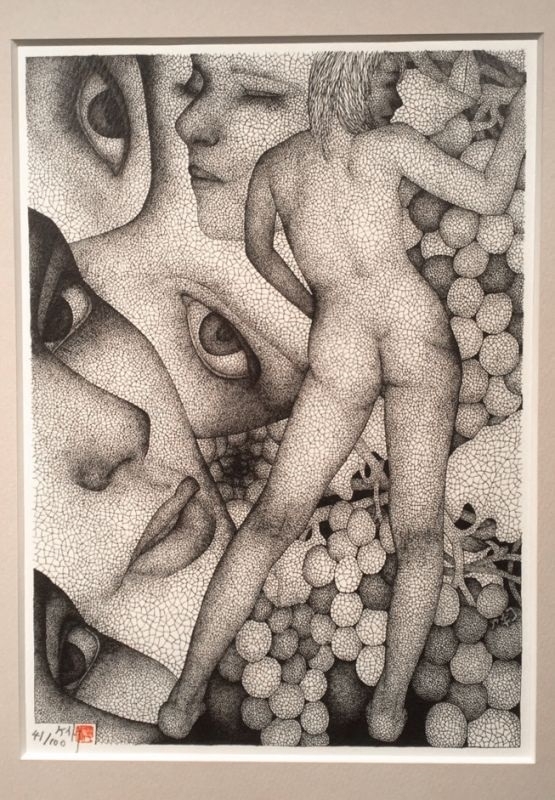
Fig. 7. facepag.ocnk.net
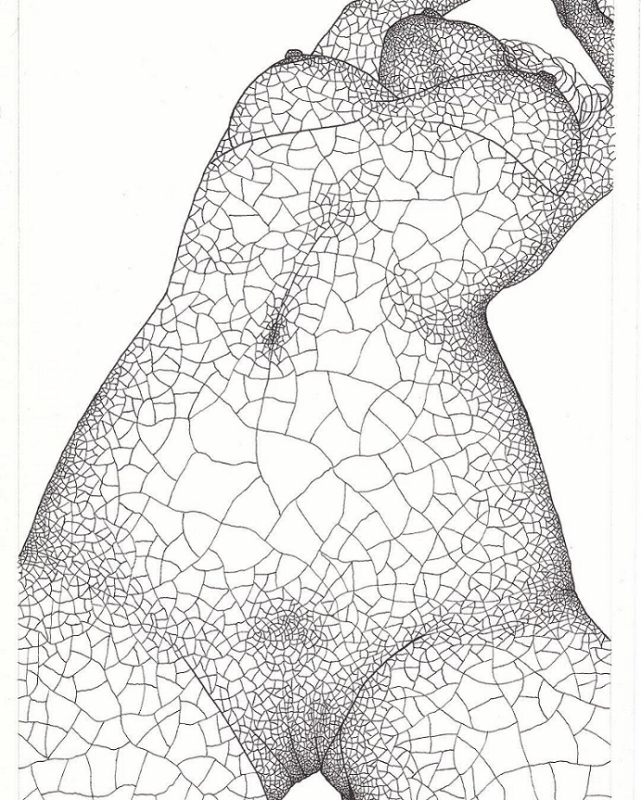
Fig. 8. Instagram.com
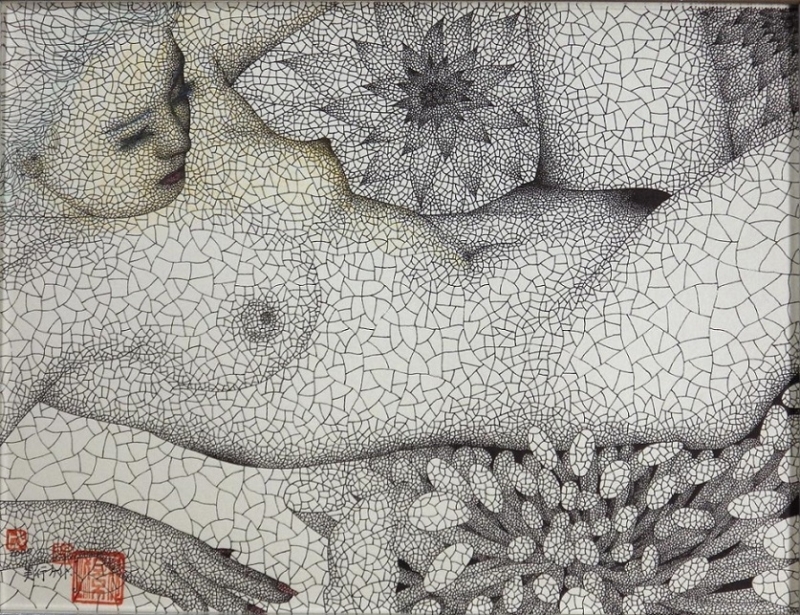
Fig. 9. aucfan.com
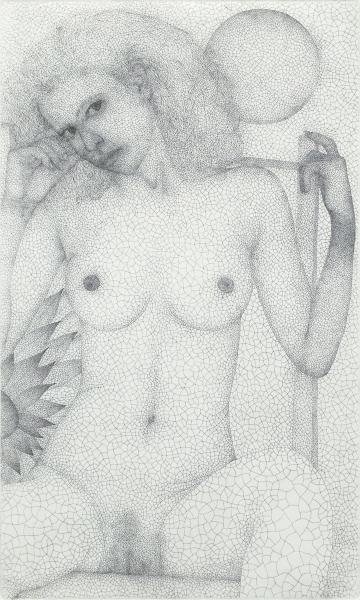
Fig. 10. auctions.yahoo.co.jp
The Wayward Son
Joh Keito was born in Aichi Prefecture (Honshu island) as the third child in the family of a Japanese mother and an Indian-Korean father. The future artist was both troubled and talented. Since his years in elementary school, Keito loved music and painting. In his youth, he wanted to perform in a rock'n'roll band and even got into juvenile detention after being involved in assault. As the Japanese novelist Hasegawa Kei once mentioned, in the 1970s, there was something of a wild beast in Keito's appearance with his slim figure and long hair. Such personality, a bit of Mowgli-kind, judging by the scarce description, turned out to be essential for his organic approach to emerge. The inner bestiality of the artist nurtured the world of sensual grotesque with its wild and self-sufficient inhabitants.
The Acknowledged Artist
Things changed in high school when Keito met painter Masaharu Kondo, who became his mentor. The 14-year-old student was so impressed by the artistry of Kondo that he decided to pursue a career in painting. In 1969, nine years after Keito took up painting professionally, his first solo exhibition happened. Next year, he received an honorable mention award at the Sheru Art Exhibition. Unlike many Japanese artists, from the start of his career, Keito gained prominence abroad: already in 1972, he won a Grand Prize at the Genoa City Artist Exhibition in Italy. Two years after this triumph, Keito started learning the etching technique from Yo Kanno and, in 1975, exhibited his copperplate engravings at the Shibafune Gallery. Since the late 1970s, Keito has collaborated with Japanese literary artists, such as Hisashi Shingo (Veronica's Nap) and Takashi Suzuki (O Breasts in Agony!). Many of the erotic prints we present here originally were illustrations for Japanese poetry of the second half of the 20th century.
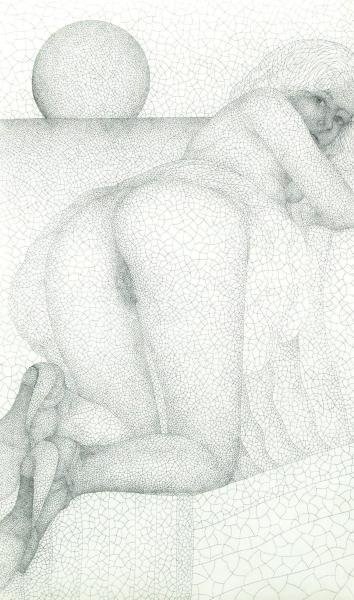
Fig. 11. auctions.yahoo.co.jp
In the extended Premium edition of the article more on the net-like structure in Keito's compositions, the association of his engravings with modern technologies, and dozens of additional pics.
Click HERE for for the phallic world of the Japanese artist Emi Makida
Sources: keitojoh.com; aoki-gallery.sakura.ne.jp; instagram.com/keitojoh/; Wikipedia.org; N. Gumilev Childhood tr. by Joseph Kiegel (ruverses.com)

